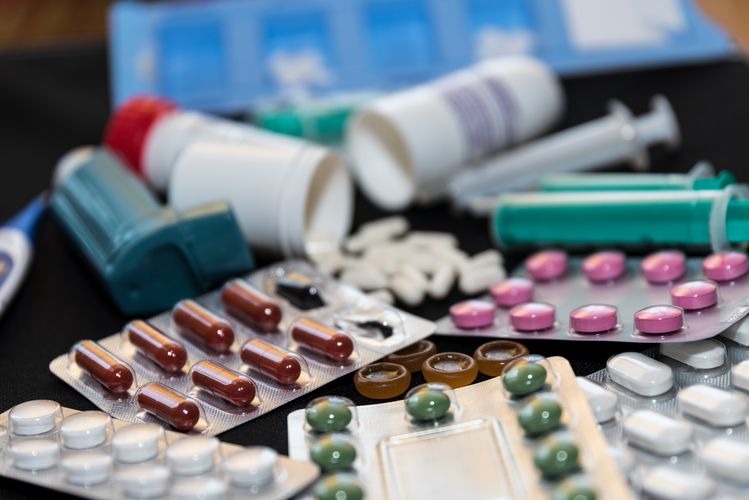Heart attacks and associated thrombosis (blood clots) are a common cause of death worldwide. Drugs that prevent blood clotting can help protect against this. So far, however, clinical research has only considered the anticoagulant effects of these very widely used substances.
A team of researchers at Leipzig University Hospital led by Professor Berend Isermann, Director of the Institute of Laboratory Medicine, Clinical Chemistry and Molecular Diagnostics, have now for the first time investigated the impact of these drugs on other effects in a clinically relevant model. “We found that various anticoagulants, which are among the most important medications for elderly patients, either do or do not have a protective effect on the heart during a heart attack,” said study head Professor Isermann.
Oral drugs that prevent blood clotting, or anticoagulants (DOACs), have made it easier for physicians to treat thrombosis and subsequent embolisms. They can be taken as tablets without the need for constant medical supervision. As a result, DOACs are increasingly being prescribed to patients. This group of drugs is based on a new mechanism: following the lock-and-key principle, the effect of individual coagulation factors is cancelled. The researchers show in their study that, in the case of a heart attack, it makes a difference which coagulation factors are inhibited by the drug taken.
These effects depend, at least in part, on differential activation of protein C, a factor that protects cells. The study in mice showed that DOACs have an impact not only through their anticoagulant effects, but also through independent cellular effects – these can damage or protect the heart muscle, depending on which DOAC was used. The cardioprotective effect was different for different DOACs, although the effect of protecting against thrombosis was the same.
“If our findings are confirmed in clinical studies, the results will have an impact on the choice of drugs prescribed for blood clotting in patients,” said study head Professor Isermann. Furthermore, this study indicates that future preclinical and clinical studies will need to consider additional effects when evaluating the safety and efficacy of DOACs.
Original title of the publication in Circulation Research:
“Different DOACs Control Inflammation in Cardiac Ischemia-Reperfusion Differently”, DOI: 10.1161/CIRCRESAHA.120.317219































































